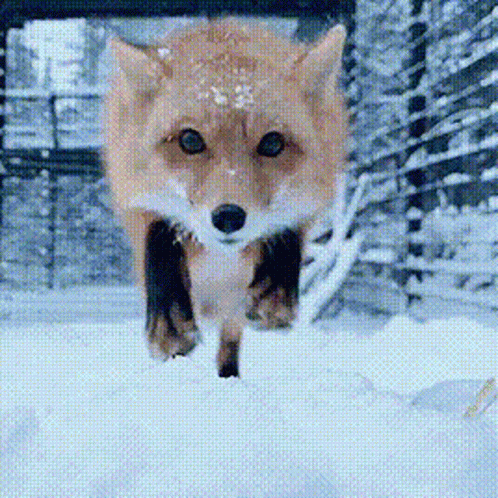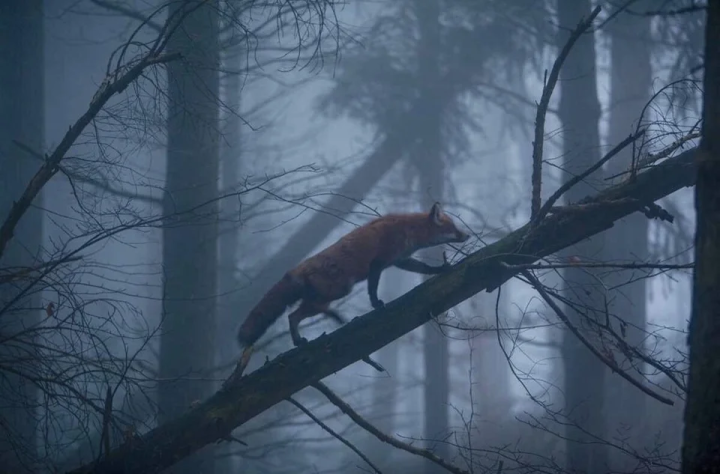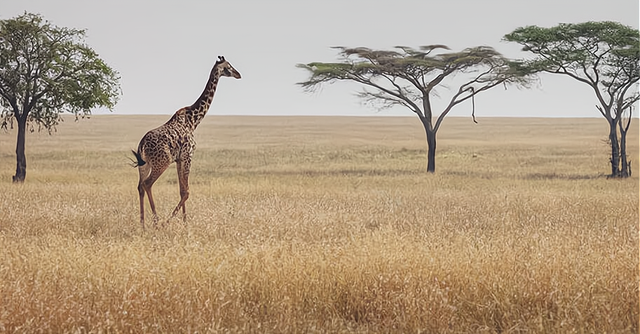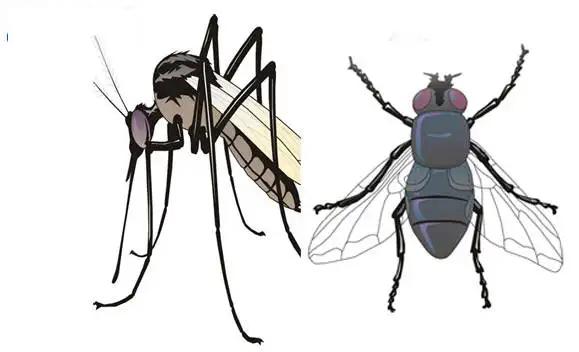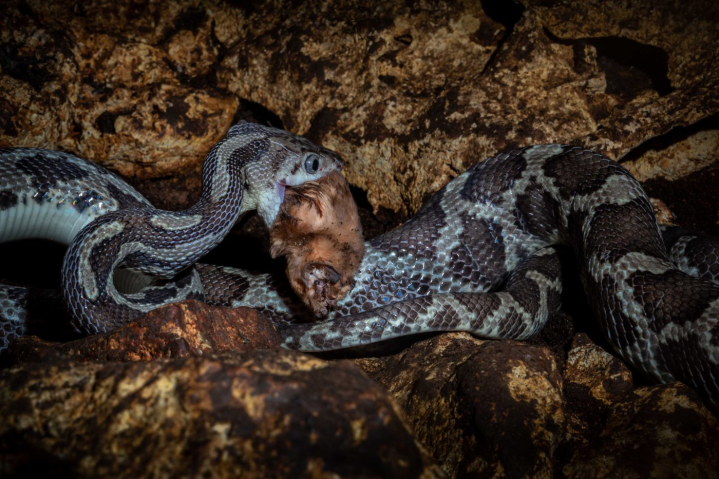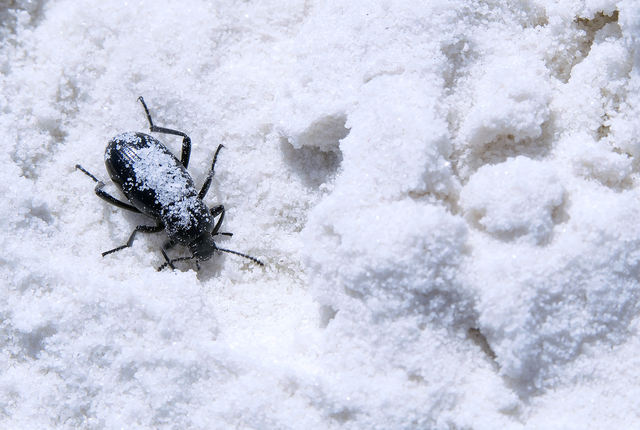- Beauty
Red foxes in the scottish highlands
The red fox is one of the most widely distributed members of the order carnivora, spreading throughout the northern hemisphere, including many parts of north america, europe and asia.

Red foxes are known for their tenacity, intelligence, and excellent adaptability. They feed primarily on small rodents, but also catch rabbits, squirrels, birds, reptiles, invertebrates, and juvenile hoofed animals; sometimes they also eat fruits and vegetables.

When they were introduced to australia, the red fox made it to the list of the "100 worst invasive species in the world".
In our country, red foxes live only in places that are off the beaten track; in europe, they usually live close to cities and have many interactions with human life.

Dietary studies
In scotland, red foxes and pine martens usually live in the same territory, like neighbors in the same building, and they have very similar diets, mainly of rats.

Scientists wanted to investigate their dietary traits more closely to better understand how these two predators coexist.
So, using a metabolite identification technique based on dna identification and rapid dna sequencing, the researchers collected and investigated pine marten and red fox poop living in the scottish highlands, and the results were very surprising.

They found that dna from domestic dogs was the second most common in fox fecal samples, close to 40%! And dog dna was almost absent from the pine marten samples.
In response, the researchers came up with several hypotheses. Ultimately, however, the conclusion reached was a shocker - dog feces had become an important food source that foxes rely on when prey is scarce.
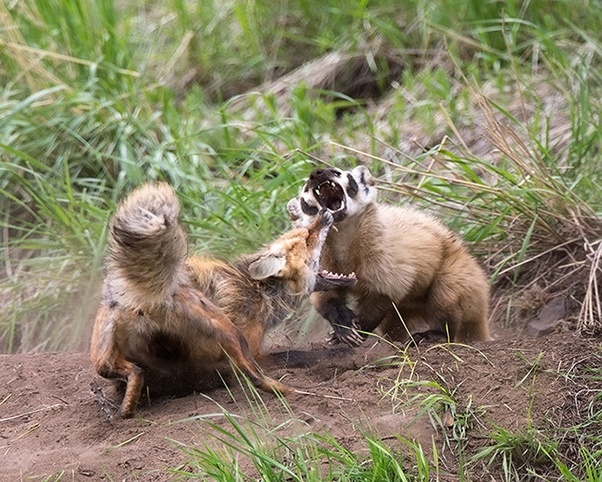
Take a spoon with you when you go out
The study was published in the journal ecology and evolution: A study of the diet of scottish highland red foxes found that dog droppings are an important part of their diet. This is the first time in the world that such a link has been found.
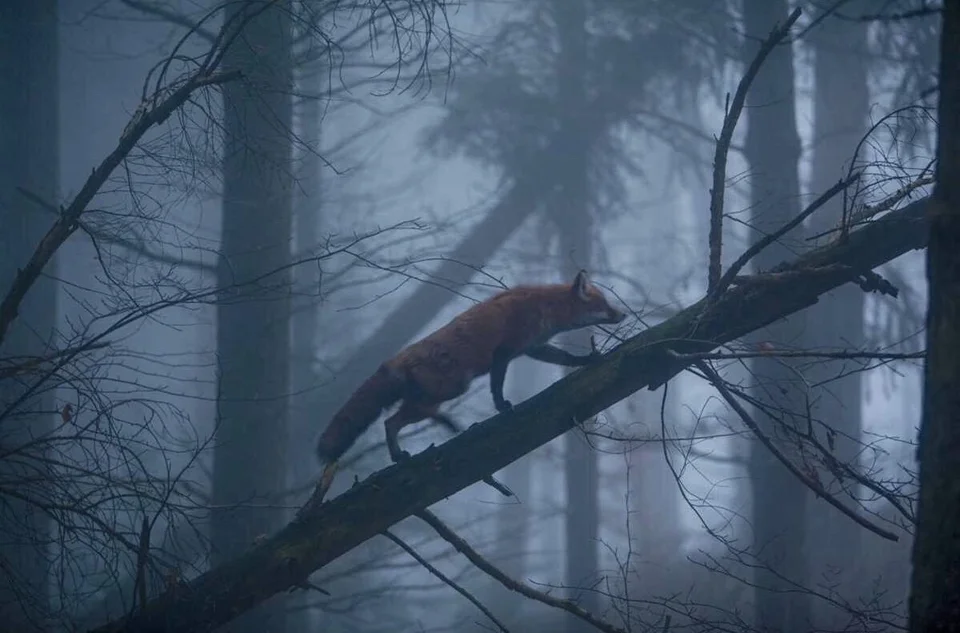
The article suggests that dog droppings are comparable in caloric content to the fox's wild prey, but are easier to "Hunt", especially when wild prey is scarce and the foxes "Take a spoon" With them when they go out in search of dog droppings to eat.
The fact that about 40% of scottish highland red foxes consume dog droppings is alarming. Rabbits and their related species are known to consume their own droppings (the soft kind), but there is little documentation of mammals consuming the droppings of other species.
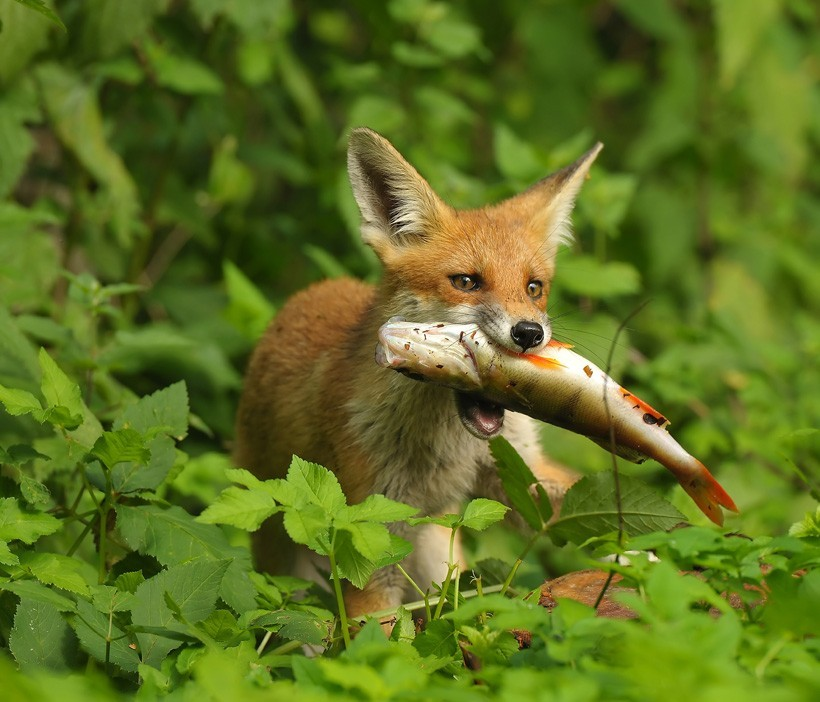
This phenomenon could not be detected through traditional dietary research methods, but by using dna-based techniques, this interaction has been revealed for the first time, leading to important questions about how human activities affect wildlife.
The act of eating dog poo may benefit foxes more than their competitors (pine martens), but at the same time, it poses the risk of disease and parasite transmission and the introduction of new pathogens. When dog owners walk their dogs, they still have to pick up what they should.
